GUEST BLOGGER JEANNE WALKER HARVEY
Ask your students to close their eyes and imagine being down in the deep dark sea – icy cold, pitch black, with incredible water pressure, and bioluminescent creatures. What are their reactions to this environment? Yes! As humans, we certainly couldn’t live in this environment! But we know that deep-sea creatures have evolved ways to survive. And one adaptation of deep-sea organisms is with the wonderful phenomenon of bioluminescence – the ability to create their own light.
What and why – bioluminescence
Ask your student to read the picture book biography, ELSE B. IN THE SEA – THE WOMAN WHO PAINTED THE WONDERS OF THE DEEP.
“Creatures living in the great depths of the ocean produce light to hunt, confuse predators, and communicate. This amazing phenomenon, called bioluminescence, occurs through a chemical reaction that happens when luciferin, a light-emitting compound, reacts with luciferase, a kind of enzyme, in an organism’s body.
Bioluminescence mostly appears as blue-green, probably because the short wavelengths of blue and green light travel longer distances in the sea and were therefore favored by natural selection. A few animals emit red light, which they can see but other dep-sea dwellers cannot, allowing them to use their bioluminescence to hunt.”
As explained in the back matter of ELSE B. IN THE SEA
Red light, with the longest wavelength, is quickly filtered from water as depth increases. Red light effectively never reaches the deep ocean.
Discovery of bioluminescent creatures
Else Bostelmann, featured in ELSE B. IN THE SEA, painted never-before-seen bioluminescent creatures from the deep sea that were observed by the scientist William Beebe as part of the momentous 1930s bathysphere expedition for the New York Zoological Society’s Department of Tropicl Research. National Geographic first published Else’s detailed paintings of these amazing creatures. People throughout the world could experience this new, unfathomable underwater world.
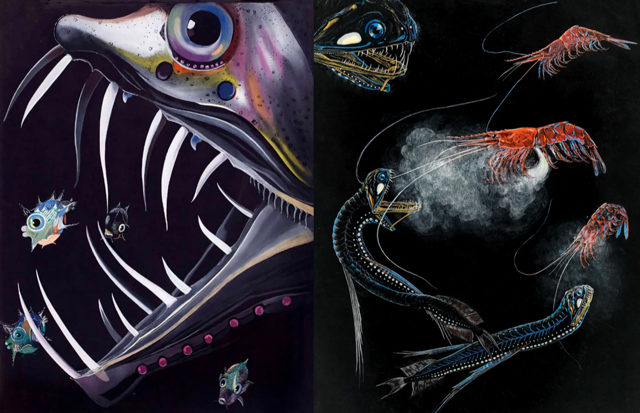
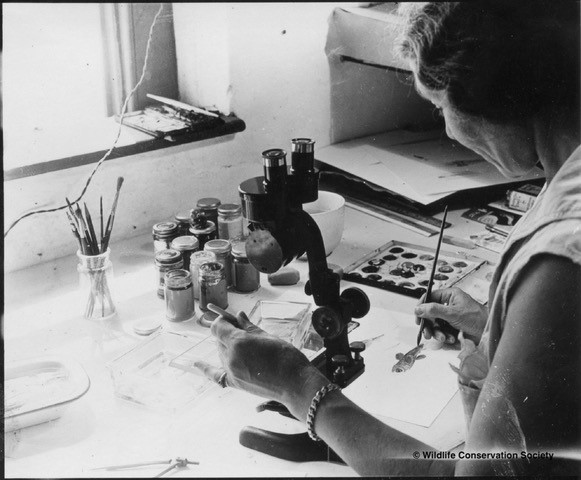
Since that time, “scientists have used what they’ve learned about ocean bioluminescence to help study diseases. For example, green flourescent protein, first obtained from a jellyfish, is used to light up and track diseased cells, such as cancer, in humans.”
Design your deep sea bioluminescent creature
“An estimated 76 percent of all ocean animals luminesce, and in fish alone, there are about 1,500 known bioluminescent species. Who knows how many others are waiting to be discovered in the deep dark sea?”
As explained in the back matter of ELSE B. IN THE SEA
Challenge your students to imagine an undiscovered deep-sea creature that has its own bioluminescent light source to help it hunt, confuse predators, or communicate. Remind the students of features that such a creature might need:
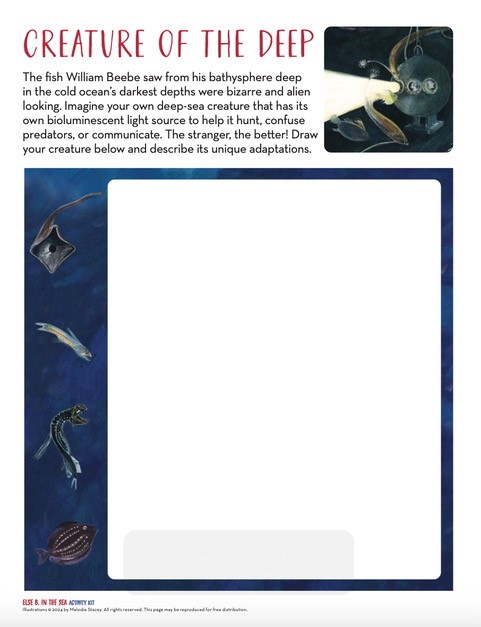
- Bioluminescence
- Large eyes to maximize light
- Jelly-like body to withstand pressure of the deep ocean
- Long tentacles to sense prey and navigate
- Deep red or black color or transparent to appear nearly invisible in the deep sea.
Now write…
Ask the students to draw their creatures and then describe in writing the unique adaptations. And they can then choose to label their drawings with a creative name, perhaps emphasizing the quality of luminescence. Some of the names of the creatures painted by Else Bostelmann included “Lanternfish, Three-Starred Anglerfish, Swivel-Toothed Dragonfish, Exploding Scarlet Shrimp, and Five-Lined Constellation Fish.”
Let their lights shine bright!
And for the final touch, display the students’ finished drawings together as a group with the title of “Gallery of Deep-Sea Creatures – Let Their Lights Shine Bright.” Ask the students to compare the drawings and note which ones have similar or different features. Maybe one of these creatures will be discovered in the future?
Featured image credit: “bioluminescence in jellyfish Monterrey Bay Aquarium” by chris favero is licensed under CC BY-SA 2.0.
Jeanne Walker Harvey is the author of several award–winning books for young readers, including these picture book biographies of creative people — Else B. in the Sea: The Woman Who Painted the Wonders of the Deep (recently chosen by NSTA as a 2025 Best STEM book for Children K-12) ; Dressing Up the Stars: The Story of Movie Costume Designer Edith Head; Ablaze with Color: A Story of Painter Alma Thomas; Maya Lin: Artist-Architect of Light and Lines; and the upcoming The Glass Pyramid: A Story of the Louvre Museum and Architect I.M. Pei.
Jeanne studied literature and psychology at Stanford University and has worn many job hats, including a roller-coaster ride operator, a software licensing attorney, a middle school language arts teacher, and a long-time docent for school groups at the San Francisco Museum of Modern Art. Jeanne lives in Northern California, and her cat, Allie, keeps her company while she writes.
- Website: https://www.jeanneharvey.com
- Instagram: @jeannewharvey
- Twitter: @JeanneWHarvey
- Bluesky: @jeannewharvey.bsky.social
- Pinterest: @JeanneWalkerHarvey


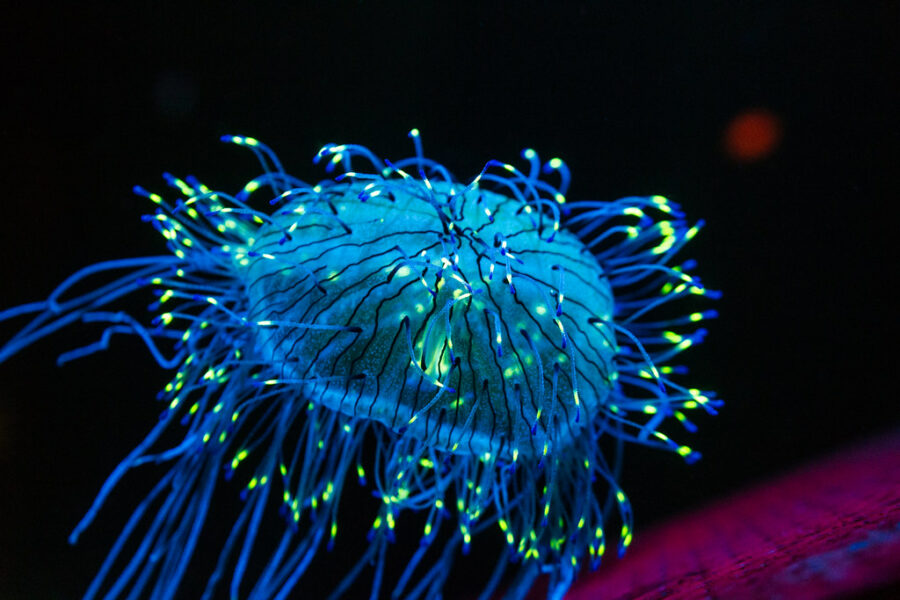

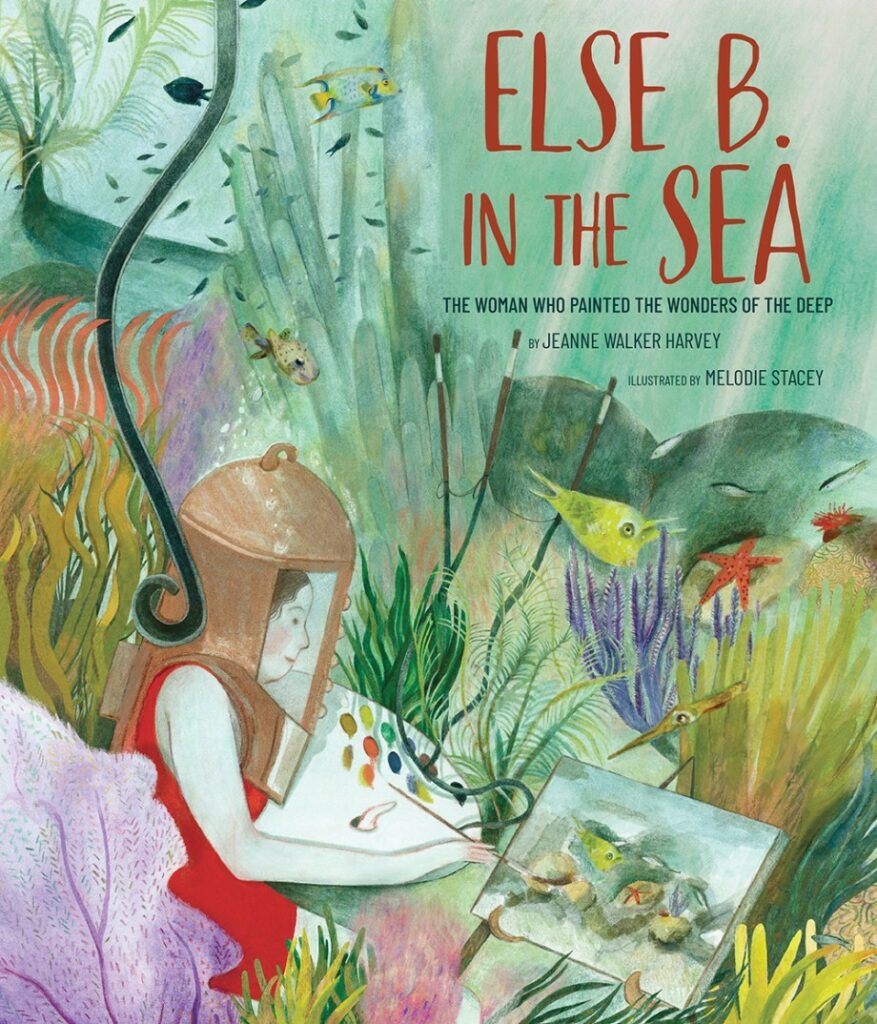

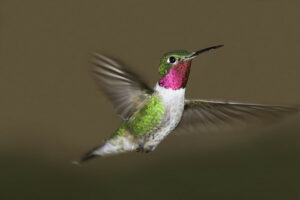
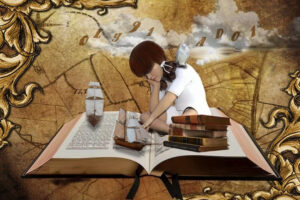
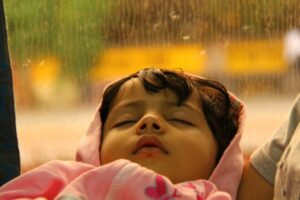


Leave a Reply
Your email is safe with me.